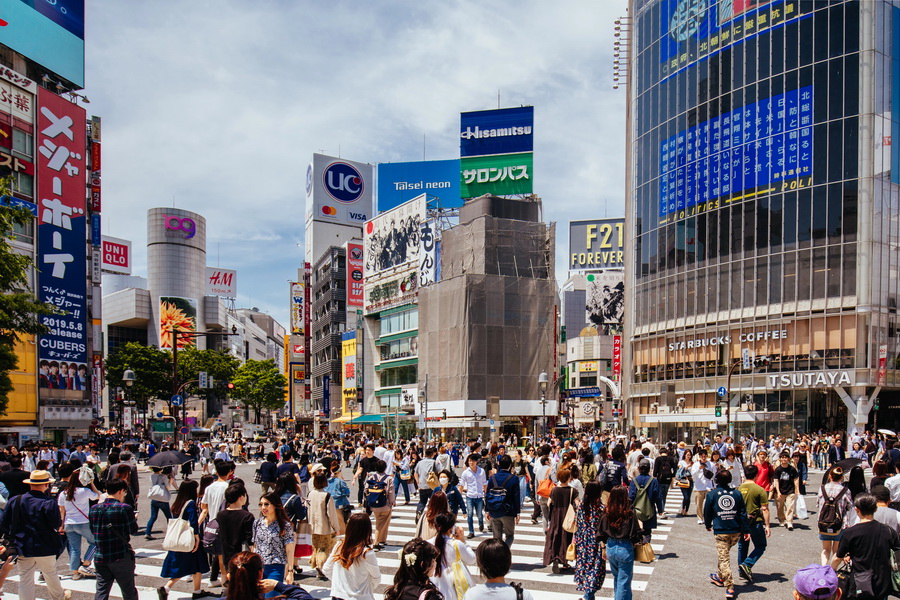There are places in the world where shopping feels less like a mere transaction and more like a genuine human connection. Japan (日本) is one of those rare places. In this land, the acts of selling and buying are imbued with intention and care – so much so that even the simplest purchase can feel like a ritual.
Why Travel to Japan for Shopping?
Shopping in Japan is world-famous for its unwavering devotion to deeply rooted cultural values, two of them being “Kodawari” and “Omotenashi”.
Kodawari (こだわり) is the quiet, uncompromising pursuit of perfection. It is found in the way a knife is forged or a garment is stitched. It is not about extravagance or showing off, but about doing something so well that it transcends utility and takes on the qualities of something that may also belong to the realm of art.
Then there is Omotenashi (おもてなし) - the uniquely Japanese spirit of hospitality, stripped of calculation and given with no expectation of return. Omotenashi is truly complex to translate directly into words, because its essence is best felt rather than explained.
These principles extend beyond temples and tea rooms, permeating Japanese retail culture as well. When a shop staff member walks a customer to the door, it is not just company policy – it is a heartfelt gesture of care.
So, this should not come as a surprise that shopping (alongside the country's world-renowned cuisine) consistently ranks among the top reasons travellers visit Japan. Surveys by the Japan National Tourism Organisation say that international visitors frequently cite “shopping” and “food” as their favourite activities and describe their experiences as "unexpectedly delightful" and "uniquely Japanese".
There is a phrase now in use by many visitors to the Land of the Rising Sun - “Only in Japan”. It is not merely a catchy expression but a way to describe a series of moments that feel almost surreal, especially for those visiting for the very first time. Where else can travellers sip a matcha latte served by robots or soak in a centuries-old onsen before perusing two buildings and a staggering 18 floors of art supplies and stationery? Only in Japan.
In this guide, we’ll explore what makes shopping in Japan so special. Must-have items, iconic brands, ideas on where to shop and how to navigate the experience will follow.
Japan Must-Haves (And Why They’re So Special)
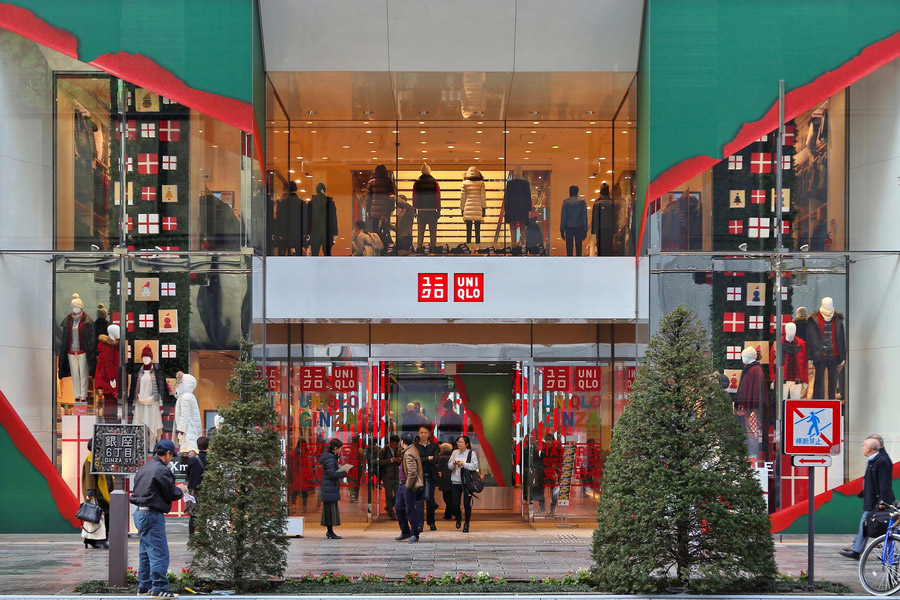
When considering what to shop for in Japan, certain items naturally rise to the top. Some are meant for display, while others are thoughtfully created for daily life.
Japan-exclusive items abound - from the world’s finest skincare to precision-engineered electronics, these are not mere trends but products shaped by tradition, innovation, and a vision of perfection.
Let us explore some of Japan’s most celebrated categories, brands, and timeless creations.
Best Things to Buy in Japan: Traditional Goods, Tech, and More
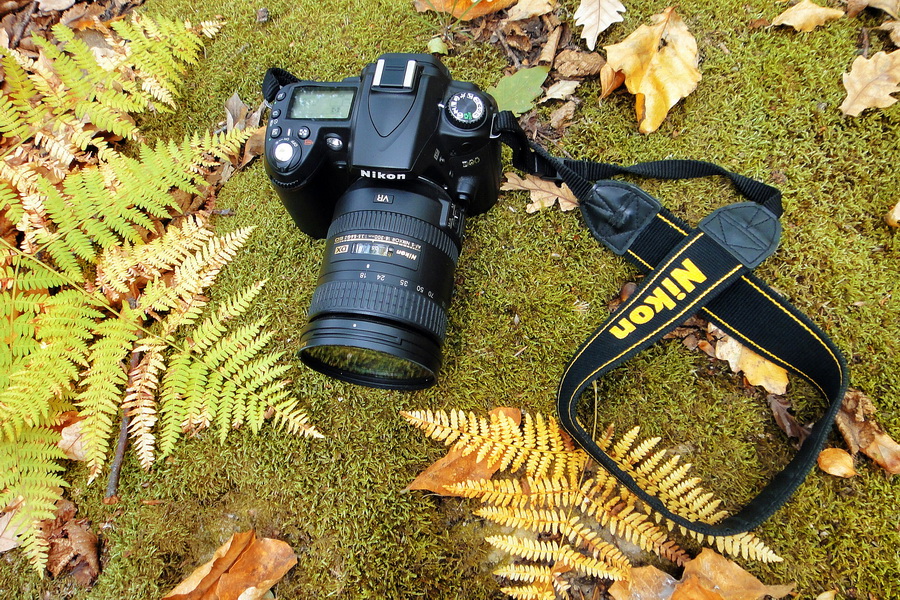
A Seki chef’s knife, forged with generations of mastery, and the ceramic artistry of Arita or Imari porcelain both exemplify the pride and precision of Japanese heritage. But even with contemporary, globally available brands, shopping in their stores directly in Japan offers a totally different experience.
For instance, the famous Uniqlo flagship store in Tokyo (東京都) offers exclusive capsule collections, tailored sizing, and a level of service not found anywhere else in the world.
Electronics Japan is world-known for
Japanese electronics are world-renowned for their precision and longevity. Sony, a global icon of innovation, continues to set standards in high-resolution audio equipment, televisions, and cameras beloved by professionals and enthusiasts alike. Panasonic is known for its famous rice cookers and beauty devices, widely used both in Japan and around the world. Canon and Nikon remain two of the most trusted names in imaging, offering cameras and lenses that have defined modern photography.
Skincare and cosmetics
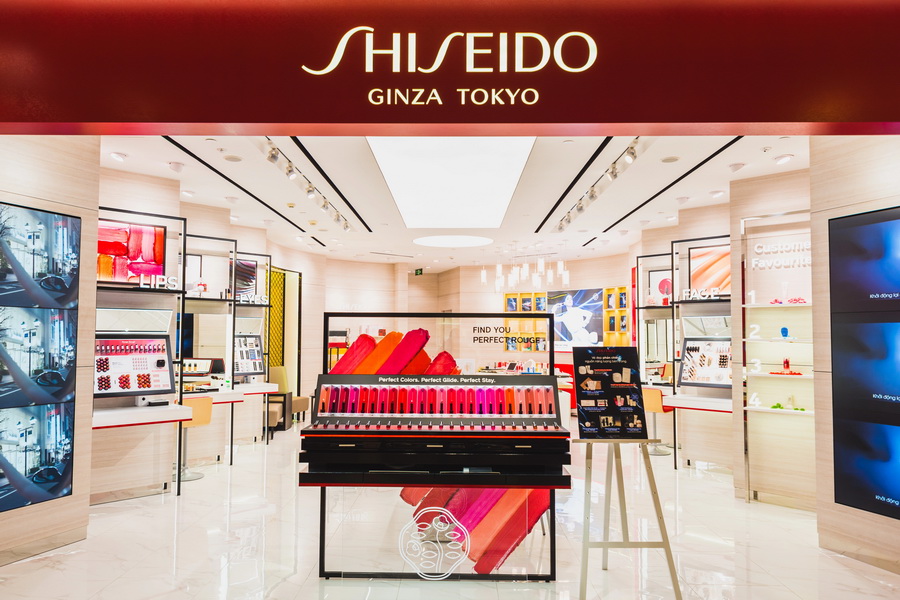
Japanese skincare is built around the idea that beauty is a daily ritual, not a performance. Brands like Shiseido, with its more than 150-year legacy, or SK-II, renowned for its serums, offer formulations backed by both tradition and science. Even drugstore brands are held in high regard for their purity and effectiveness.
Traditional goods and cultural keepsakes
Bringing home a piece of Japan’s heritage allows you to continue the journey long after the plane has landed. Japanese traditional clothes, hand-lacquered tea boxes or folding fans hand-painted in Kyoto - those are some souvenir options to consider. And then, of course, there is manga: a cultural gem that has enchanted generations and still does to this day.
Edible Curiosities of Japan
No shopping list would be complete without mentioning Japan’s rather unusual snacks. Kit-Kats in flavours hard to imagine (like matcha, sake, and sweet potato) are now collectibles in their own right. Beautiful bento boxes including single-portion meals, seasonal sweets, and even the humble offerings from vending machines can be part of the thrill.
Best Places to Shop in Japan
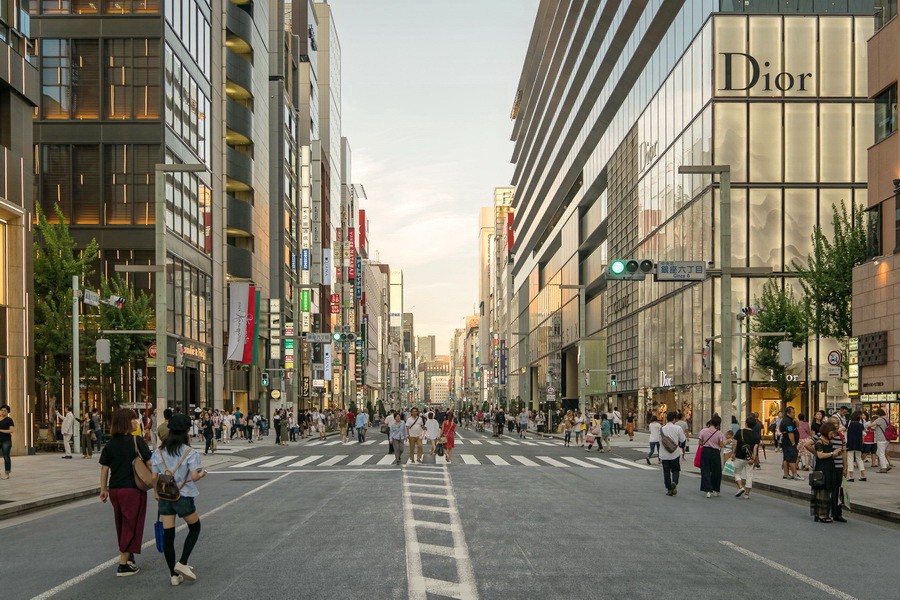
Shopping in Japan reveals that the retail landscape varies greatly from one area to the other. Whether it’s an old shopping street in Kyoto or a 12-floor megastore in Tokyo, each destination reveals another facet of Japan.
We hope this will become a kind of verbal map for your shopping in Japan.
Shōtengai
In every city and neighbourhood, shōtengai (covered local shopping streets closed to car traffic) remain the heartbeat of everyday commerce. Here, knife sharpeners are still plying their trade, and tiny family-run shops are selling everything from handmade slippers to pickled plums. The sense of community here is palpable.
Top Shopping Areas in Tokyo
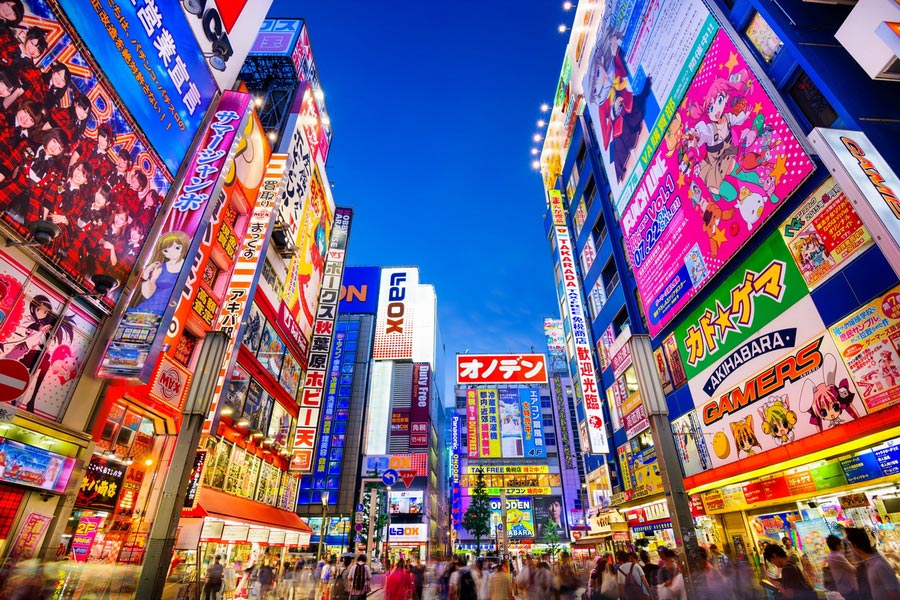
Harajuku (原宿) is home to some of the best shops in Japan for avant-garde and street fashion. Here, individuality is valued, and the fashion scene embraces the unconventional.
Ginza (銀座) – the ultimate destination for luxury designer shopping in Japan. Stores here are polished and impeccably curated. Prestigious items are all around: high fashion from Issey Miyake, Yohji Yamamoto, Hermès, Louis Vuitton, Gucci, Cartier, Bvlgari, and Dior, as well as Mikimoto’s pearls and Rolex watches, to name a few.
Akihabara (秋葉原) is a wonderland for the passionate collector of rare figures, retro games, PC parts, cameras, and capsule toys. It’s also a global centre of anime and manga culture, with themed cafés and shops that celebrate every corner of Japanese pop culture.
Shimokitazawa is known for vintage and thrift shopping. Here, time slows down as Tokyo’s creative youth meander, acquiring one secondhand kimono or a 90s designer jacket at a time.
Yaechika (Yaesu Chikagai) brings shopping underground - quite literally. Tucked beneath Tokyo Station, it offers an impressive range of shops, including fashion and accessory boutiques, lifestyle and travel retailers, bookshops, and casual dining spots.
Best Places to Shop in Kyoto and Osaka
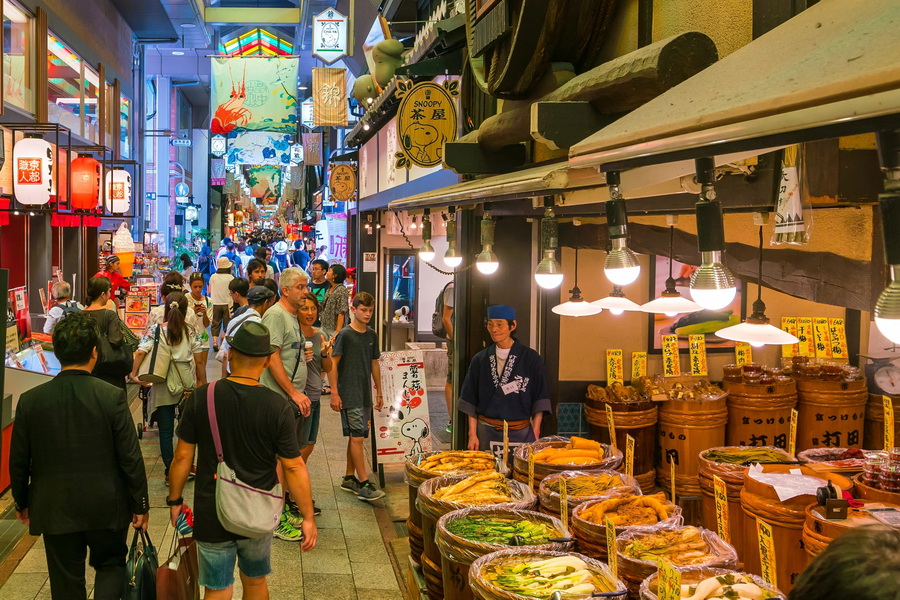
Nishiki Ichiba (錦市場) Market (Kyoto - 京都) is famously called “Kyoto’s Kitchen”. This covered 400-metre market street is a celebration of traditional Japanese food culture. Fresh yuba (tofu skin), crunchy croquettes and handmade sweets are all here to be taken home or gifted.
Tenjinbashi-suji (天神橋筋) in Osaka (大阪) is Japan’s longest covered shopping arcade, stretching approximately 2.6 km. This iconic shotengai is infused with Osaka’s warmth, humour, and practical charm.
Outlet Shopping in Japan
Japan’s outlet malls are destinations in themselves. Well-organised, family-friendly, and beautifully maintained, they stand in quiet contrast to the frenzy of discount shopping found around the world.
Here are a few important and reputable mentions from the list of around 40 malls nationwide:
- Mitsui Outlet Park Kisarazu (about 45 minutes from Tokyo by car) features clean, spacious grounds, open-air walkways, and a strong lineup of designer brands.
- Gotemba Premium Outlets (near Mt Fuji in Shizuoka Prefecture) combines shopping with scenic views.
- Rinku Premium Outlets (Osaka) boasts over 250 stores, offering a mix of global luxury labels and everyday essentials.
Renowned Chain Stores in Japan for Unique Shopping Experiences with Good Value for Money
Don Quijote (a.k.a. Donki)
This discount megastore is bright in its chaotic genius. It’s so normal that it’s almost customary to enter Donki for something like a phone charger and leave with something like a Samurai sword umbrella.
Loft and Muji
Loft is a design-conscious and gift-worthy lifestyle store, while Muji is a minimalist brand known for clean lines, neutral colours and functionality.
“100-yen” shops
What could cost so little, yet feel so well-made? In Japan, even a sponge or a simple teacup from a “100 yen” shop (100円ショップ) often reflects an intentional sense of design and craftsmanship.
How to Shop in Japan: Essentials and Tips

Following are some practical pieces of advice to make your travel more convenient.
Cultural Etiquette for Shopping in Japan
Japanese consumer culture is rooted in respect and order. Bargaining is virtually unheard of, as prices here are set to reflect the quality and care behind each item.
As a visitor, you may find a deeper connection by approaching each purchase with gratitude and patience. Small gestures (such as taking off sunglasses or responding to a greeting in shops) will go a long way.
Best Seasons for Shopping in Japan
Japanese retailers operate according to seasonal cycles, with distinct shopping patterns emerging throughout the year. Major sales events typically take place at the end of summer and winter – namely, in late July and January. In contrast, the cherry blossom season (late March to April) and the autumn months (October to November) usher in limited-edition and seasonal items.
Tax Refund When Shopping in Japan
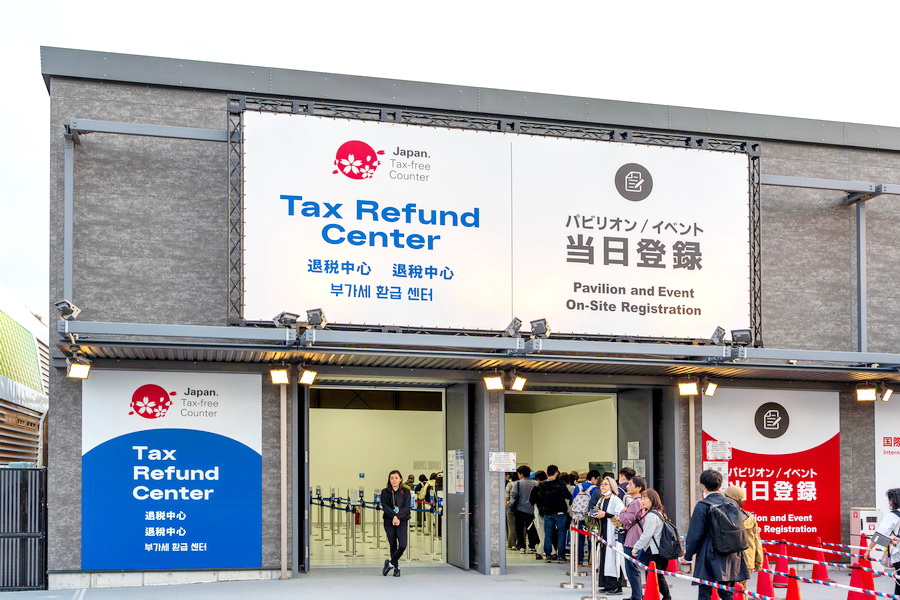
As of today (summer of 2025), Japan has certain regulations in place when it comes to benefiting from shopping tax-free. Visitors who make purchases at designated shops are automatically exempt from the 10% consumption tax (the reduced tax rate of some products applied is 8%) at the point of sale when they present their passport.
Here are Japan’s current tax exemption qualification guidelines and processes:
Minimum and maximum purchase limits
Spend at least ¥5,000 and up to ¥500,000 before tax in a single store on the same day, and show your original passport (copies are not accepted) at checkout or the special store counter.
Purchases are divided into two separate categories:
- General items (clothing, electronics) must total ¥5,000 before tax on their own.
- Consumables (cosmetics, food and snacks) must also total ¥5,000 before tax on their own.
One can’t combine categories to meet the minimum purchase limit. For example, ¥3,000 worth of skincare + ¥2,000 worth of gadgets doesn’t qualify for tax exemption.
Payment and documentation
If paying by card, the name on the card must match the passport, and the refund will be issued to that same card.
Sealed packaging
Consumable items are packaged in special, customs-approved sealed bags. This measure ensures they remain unopened until the visitor departs Japan.
At the airport, customs agents may ask to scan your passport or show sealed and packaged goods.
New tax-free policy
In early 2025, Japan announced planned changes to its duty-free shopping system, expected to begin from 1 November 2026. Proposals currently under discussion include removing the ¥5,000 minimum spending requirement and introducing a “refund-based system”, where shoppers would pay the full price in-store and receive a tax refund at designated airport counters. The requirement for special sealed packaging may also be discontinued. However, no final decisions have been made yet, and the details may change over time.
Since 1 April 2025, tax-free shopping is no longer applicable for items sent through international parcel services.
While these existing and proposed measures may require some adjustment, they play a crucial role in ensuring the fair and proper use of Japan’s duty-free system.
For detailed information regarding the tax-free goods exemption law, please refer to the Japanese customs website to ensure compliance with the law.
Planning and Navigating
Maps and Apps

Use Google Maps for walking directions and train schedules, and Navitime for train transfers and platform guidance. Downloading offline maps, such as Google Maps or Maps.me, is also highly recommended.
We also suggest keeping important addresses written in Japanese for taxi drivers or local enquiries and using Google Translate’s camera mode to read signs and product labels.
Signs and Symbols
Most signs use both Japanese characters and Roman letters (but some rural stores may not).
So, it may be a good idea to learn some key kanji:
- 出口 (deguchi – exit)
- 駅 (eki – station)
- トイレ (toire – toilet)
Train Etiquette and Rush Hours
- Use colour-coded lines and station numbers when using the subway (e.g., G-09 for Ginza Line, station No.9).
- Avoid rush hours (typically 7:30-9:30 AM and 5-7 PM); trains can be overwhelming. Take advantage of women-only cars, marked in pink, for a calmer commute.
- Stand on the LEFT escalator side in Tokyo and RIGHT in Osaka. Be observant and follow local customs.
- Consider purchasing a Suica or Pasmo IC card (a rechargeable smart card) for seamless travel on trains and buses, as well as for easy payments at vending machines and convenience stores.
By now, you have the list of what to buy, where to find it, when to shop, and how to do it right and with ease.
But rest assured, you will be leaving this beautiful country with more than just items in your suitcase.
You'll carry home a treasure trove of stories and warm encounters with the people and the culture.
There’s a kind of invisible care behind things and relationships here that may follow you home.
And before long, you may come to realise that shopping here isn't just about acquiring things - it’s an integral part of what makes Japan so unforgettable.


